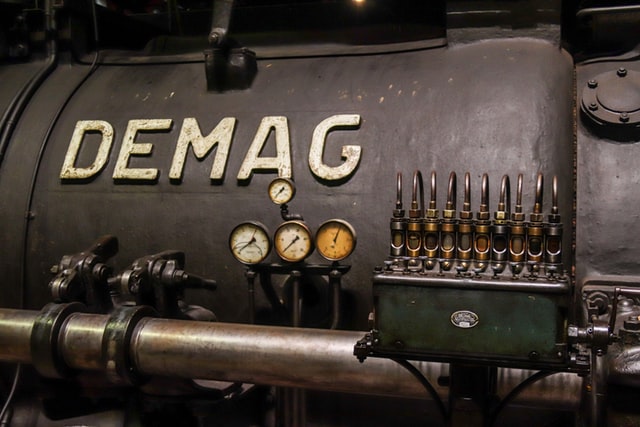
The Völklingen Ironworks in Saarland was declared a UNESCO World Heritage Site in 1994. A walk across the industrial monument takes you through a century of iron production.
The Völklingen Ironworks has shaped the town of Völklingen in Saarland for more than a century. With the construction of the first blast furnace in 1882, the foundation stone was laid for the ironworks, which was one of the most important steel suppliers in the German Reich. The town grew with the hut: settlements, a hospital, kindergartens and an indoor swimming pool were built for the growing workforce out of the ground.
The Völklingen Ironworks experienced its heyday in the 1960s: At that time, around 17,000 workers produced more than 6,000 tons of pig iron every day. But the steel crisis in the 1970s heralded the end of the ironworks, which was finally shut down in 1986.
UNESCO World Heritage Site at the Völklingen Ironworks
A few years after the closure, the Völklingen Ironworks was declared a UNESCO World Heritage Site. The reason for the inclusion as a UNESCO World Heritage Site is the outstanding position that the Völklingen Ironworks has in European industrial history. The example of Völklingen makes it clear how the settlement of industry can lead to villages expanding and becoming a magnet for people from the entire region.
Another reason why the Völklingen Ironworks was declared a UNESCO World Heritage Site is the technical condition of the ironworks. In the 1960s, the smelter was one of the most modern industrial plants in Europe. At the same time, there are also much older facilities of the ironworks to explore on the site, so that a tour of the Völklingen Ironworks is equivalent to a walk through the history of pig iron production.
Discover the Völklingen Ironworks
If you would like to gain an insight into how an ironworks works, then visit the Völklinger Hütte open-air museum. A 6,000 meter long, signposted circular route takes you across the gigantic site. A multimedia introduction to the sinter plant also gives you an overview of the history of the Völklingen Ironworks, from its beginnings to the present day. From the roof of the ore hall you can get an impression of the gigantic dimensions of the ironworks. The ascent to the blast furnaces via wobbly lattice stairs is the highlight of the tour.
After the exciting tour you can rest in the so-called paradise. The 33,000 square meter landscaped garden consists of twelve garden rooms and was designed by Catherine Countess Bernadotte from the island of Mainau. Here you can experience up close how nature is slowly reclaiming the disused industrial plant.